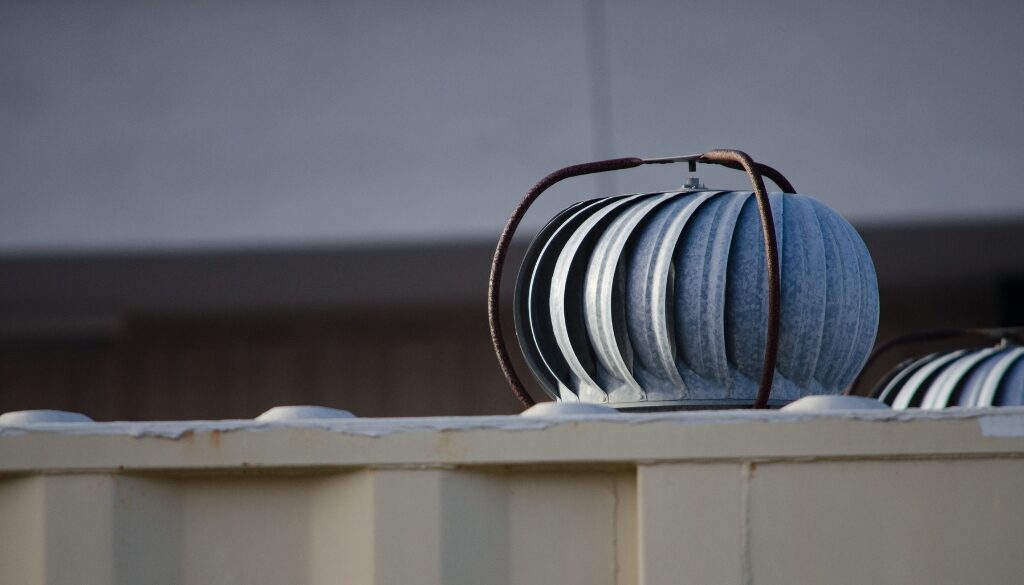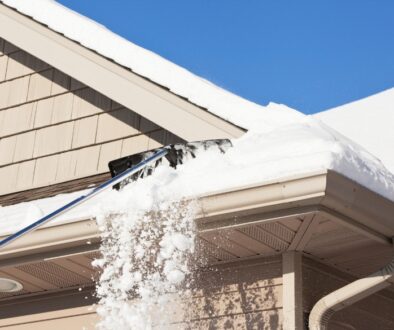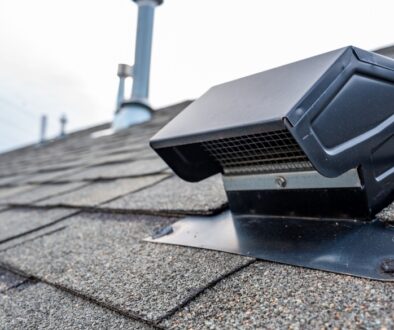Should You Cover Roof Turbines In The Winter? Unraveling The Why Behind This Common Question
When winter sets in across La Crosse, Wisconsin, homeowners often grapple with how to best prepare their homes for the cold months. One common question we encounter at Ledegar Roofing is: “Should roof turbines be covered in the winter?” The answer isn’t a straightforward ‘yes’ or ‘no’ – it involves understanding the function of roof turbines and how they interact with winter conditions.
Understanding Roof Turbines
Roof turbines, also known as turbine vents, are designed to provide active ventilation in your attic. They work by expelling warm air from the attic, which is then replaced by cooler air from outside. This process is vital for regulating temperature and moisture levels within your attic space.
To Cover or Not to Cover?
The Case Against Covering
- Moisture Control: During winter, the air inside your home is typically warmer and more humid than the cold, dry air outside. If this moist air is trapped in your attic, it can condense on the underside of the roof, leading to potential issues like mold growth and wood rot. Turbine vents help to expel this moist air.
- Temperature Regulation: While it might seem counterintuitive, keeping your attic cool in winter is beneficial. It helps prevent the melting of snow on your roof, which can lead to ice dams – thick ridges of solid ice that build up along the eaves.
- Roof Longevity: Proper ventilation year-round is crucial for the longevity of your roof. It prevents the overheating of shingles and reduces the risk of thermal shock.
The Case for Covering
In some scenarios, covering roof turbines might be considered:
- Severe Weather Conditions: In areas with extreme snowfall, covering turbine vents can prevent snow from entering the attic. However, this is typically only necessary in regions with severe and persistent snowstorms.
- Wildlife Intrusion: Covering roof turbines might be a temporary solution to prevent wildlife from entering the attic during the winter.
The Verdict
For most homes in La Crosse, Wisconsin, it is generally advisable not to cover roof turbines in the winter. The benefits of continuous ventilation usually outweigh the potential risks of leaving them uncovered. However, every home is unique, and certain specific conditions might warrant a different approach.
Professional Insight For Your Home
If you’re unsure about the best course of action for your home, consult with roofing professionals. At Ledegar Roofing, we offer expert advice tailored to your home’s specific needs. Our team can assess your attic and roofing system to provide personalized recommendations.
In essence, the decision to cover roof turbines in the winter should be based on an understanding of your home’s specific requirements and local weather patterns. As a rule of thumb, maintaining adequate ventilation in your attic is crucial, even during the cold months.
For more information or to schedule a consultation, reach out to Ledegar Roofing at 608-785-0901 or visit LedegarRoofing.com. Trust our expertise to guide you through your winter roofing decisions, ensuring your home is well-prepared for whatever the season brings.




